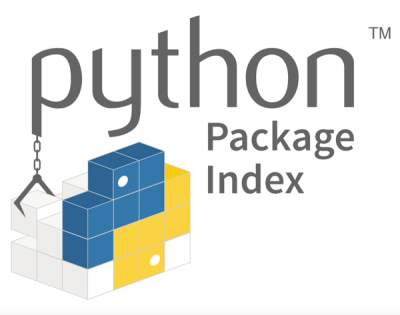Refine is an open-source, headless React framework for developers building enterprise internal tools, admin panels, dashboards, B2B applications.
It eliminates repetitive tasks in CRUD operations and provides industry-standard solutions for critical project components like authentication, access control, routing, networking, state management, and i18n.
Material UI integration for Refine
Material UI is a library of React UI components that implements Google's Material Design.
Refine is headless by design, offering unlimited styling and customization options. Moreover, Refine ships with ready-made integrations for Ant Design, Material UI, Mantine, and Chakra UI for convenience.
Refine has connectors for 15+ backend services, including REST API, GraphQL, and popular services like Airtable, Strapi, Supabase, Firebase, and NestJS.
Installation
To use Refine with Material UI, you need to install the following package @refinedev/mui along with the Material UI packages:
npm install @refinedev/mui @mui/material @mui/lab @mui/x-data-grid @emotion/react @emotion/styled
⚡ Try Refine
Start a new project with Refine in seconds using the following command:
npm create refine-app@latest my-refine-app
Or you can create a new project on your browser:

Quick Start
Here's Refine in action, the below code is an example of a simple CRUD application using Refine + React Router + Material UI:
import React from "react";
import { Refine, useMany } from "@refinedev/core";
import { ThemedLayoutV2 } from "@refinedev/mui";
import dataProvider from "@refinedev/simple-rest";
import routerBindings from "@refinedev/react-router";
import { BrowserRouter, Outlet, Route, Routes } from "react-router";
import CssBaseline from "@mui/material/CssBaseline";
export default function App() {
return (
<BrowserRouter>
<CssBaseline />
<Refine
dataProvider={dataProvider("https://api.fake-rest.refine.dev")}
routerProvider={routerBindings}
resources={[
{
name: "products",
list: "/products",
},
]}
>
<Routes>
<Route
element={
<ThemedLayoutV2>
<Outlet />
</ThemedLayoutV2>
}
>
<Route path="/products">
<Route index element={<ProductList />} />
</Route>
</Route>
</Routes>
</Refine>
</BrowserRouter>
);
}
import { List, useDataGrid, DateField } from "@refinedev/mui";
import { DataGrid, GridColDef } from "@mui/x-data-grid";
export const ProductList = () => {
const { dataGridProps } = useDataGrid();
const { data: categories, isLoading } = useMany({
resource: "categories",
ids:
dataGridProps?.rows?.map((item) => item?.category?.id).filter(Boolean) ??
[],
queryOptions: {
enabled: !!dataGridProps?.rows,
},
});
const columns = React.useMemo<GridColDef[]>(
() => [
{ field: "id", headerName: "ID", type: "number" },
{ field: "name", flex: 1, headerName: "Name" },
{
field: "category",
flex: 1,
headerName: "Category",
display: "flex",
renderCell: ({ value }) =>
isLoading
? "Loading..."
: categories?.data?.find((item) => item.id === value?.id)?.title,
},
{
field: "createdAt",
flex: 1,
headerName: "Created at",
display: "flex",
renderCell: ({ value }) => <DateField value={value} />,
},
],
[categories?.data, isLoading],
);
return (
<List>
<DataGrid {...dataGridProps} columns={columns} />
</List>
);
};
The result will look like this:

Documentation








